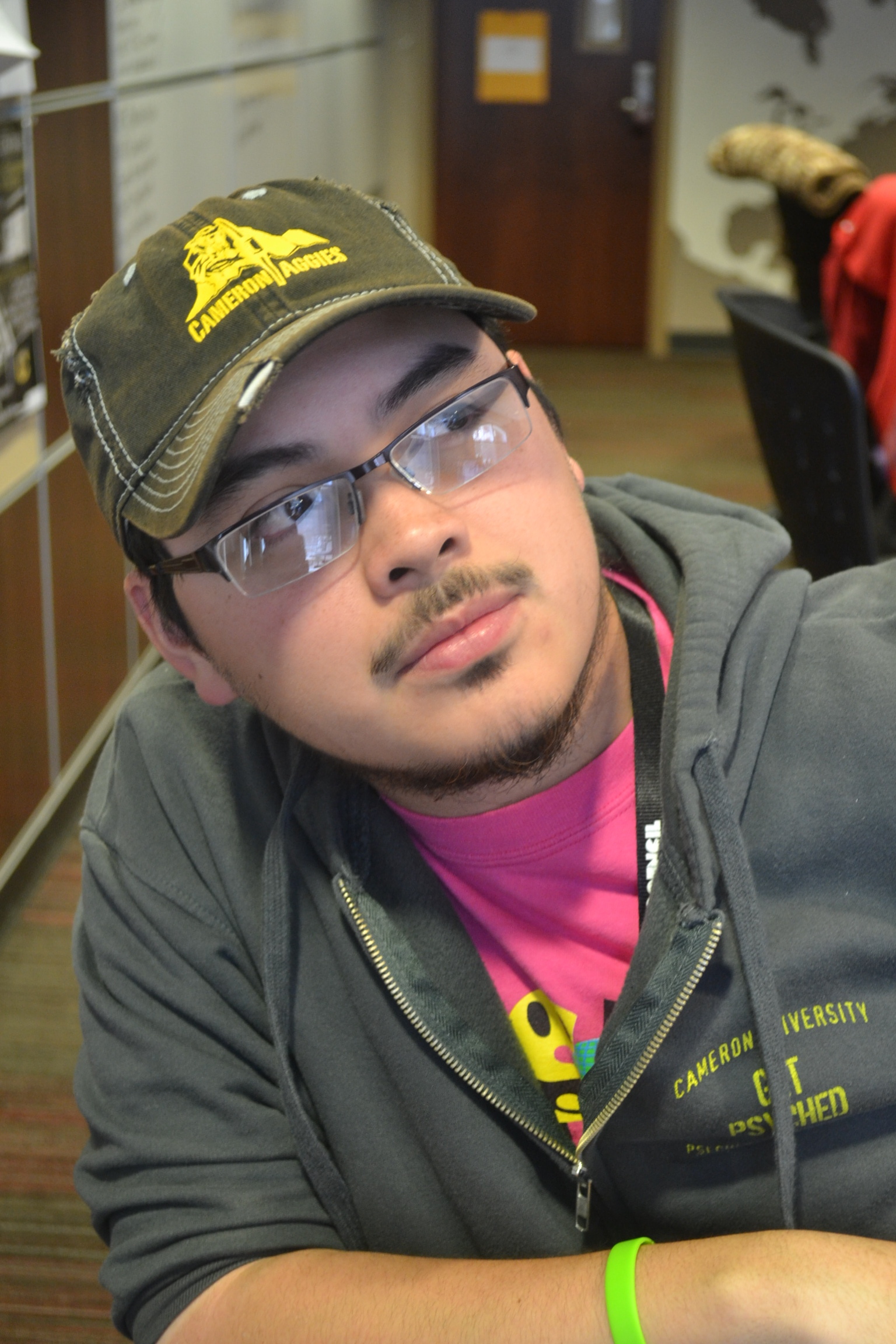Jacob Jardel
Assistant Managing Editor
@JJardel_Writing
“I can’t hear you. I’ve got my headphones on.”
From the first line of the first track of Watsky’s self-titled album, I was hooked.
George Watsky is a spoken word poet and rapper who made it big on YouTube after posting a video where he rapidly rapped over the instrumental track of Busta Rhymes’ “Break Ya Neck.” Since then, he’s seen various amounts of success on and off the computer screen. But this piece isn’t about his success, and it’s barely about his music.
It’s about religious experiences.
Whether fundamentalist, atheist or anywhere in between, there’s a special kind of experience when you don’t just hear the music. You feel the music. You feel it – whatever “it” is.
The first time I heard the title track from Watsky’s album “Cardboard Castles,” I felt it. From the a cappella echo of the lines, “Out on the curb again. I’ve come to learn it’s hard and firm out on the curb again” to the final choral resonance of “I’m still dreaming after all these years,” I was enraptured. It hit me straight in the heart, and there are still times when it nearly brings me to tears. That’s a religious experience.
A similar equivalent from his most recent album is the penultimate song “Sarajevo,” a song based on the story of a couple killed during the Bosnian Civil War. The rolling drums drew me in, and I have chills by the time Watsky belts, “You’re my favorite Hallelujah.”
Then, Dia Frampton flourishes with the hook: “Sarajevo, Sarajevo, you’re the altar that I pray to. God is love, and love is all we have.”
In a much more literal way, that’s a religious experience.
That’s the funny thing about music. Some days, you ask yourself, “Turn down for what?” in a bout of hedonism. Other days, you wonder “What is love?” as you bob your head in techno syncopation. Yet others, you just ponder what exactly a “Macarena” is.
But, when you sift through all of those songs, you get to another level of music – one where you raise your hands and thank any god you may or may not believe in that this song exists in your life.
Many of Watsky’s songs fall in this category for me. From his meaningful pieces, like “Sarajevo,” to more whimsical bouts of verbal flexing, like “Whoa Whoa Whoa,” I go to church when I hear those first few bars – all without the worries of sacrilege.
But if there is one thing I pray for, it’s that I’m not alone in that feeling.
Everybody needs that sort of connection to a song, an album or an artist – not for divine idolatry but for human guidance or catharsis. We won’t always fathom or acknowledge higher beings, but we can grasp the concepts behind Bon Iver’s “Holocene.”
I’m not asking you to convert your religion to the time signature of your favorite song or literally waltz your way through mass. I just want you to think about how your music moves you – and, just as importantly, why.
In eighth grade, my music appreciation teacher challenged us to know why we liked the music we liked. It seemed silly at the time, but now that I think about it, it makes sense.
It’s kind of like religion in that way. If you go into it blindly, you’ll be hard-pressed to believe in it – let alone convince people to witness the wonder. However, the more you know why you’re a follower, the more you believe in your music.
I believe in Watsky’s music. I’ve listed quite a few so far, but there are far more songs that stick with me. “Boomerang” channels into that kind of unrequited love you see in rom-coms. “Sloppy Seconds” talks about acceptance of the baggage we all have.
Needless to say, I know what moves me and why – a bit of knowledge makes those movements that much stronger to me. I believe in the religious experiences my music gives me.
Do you?

